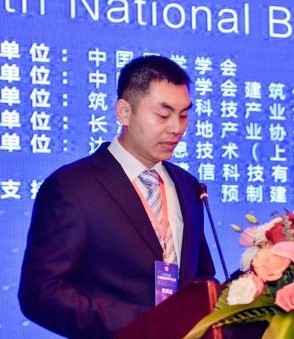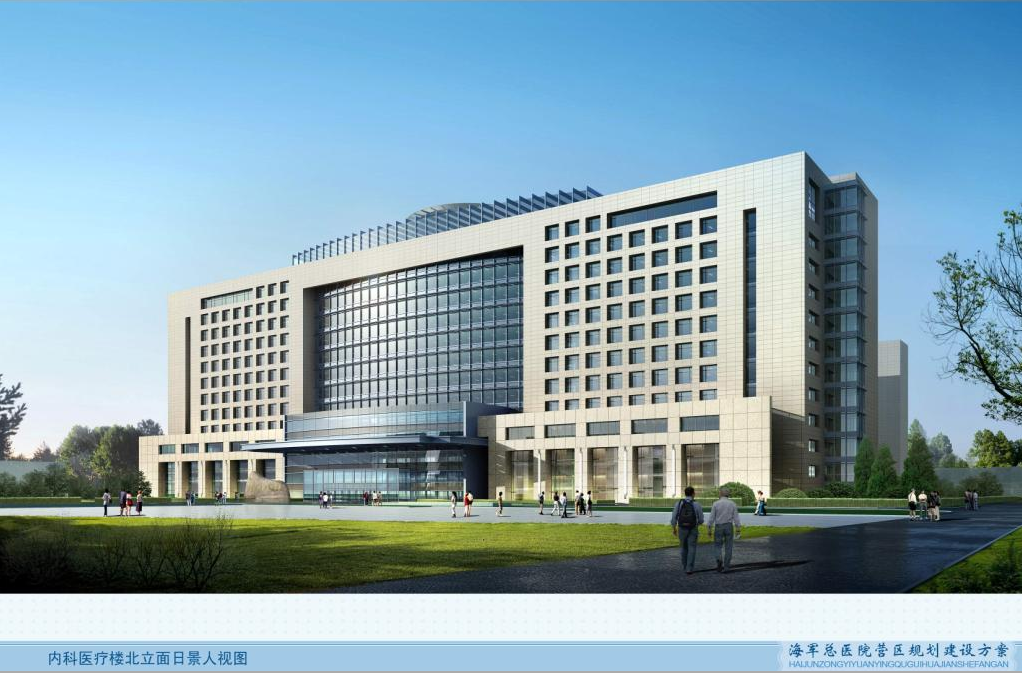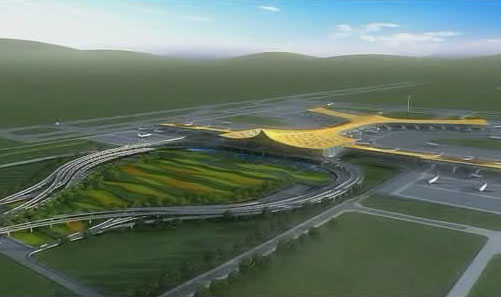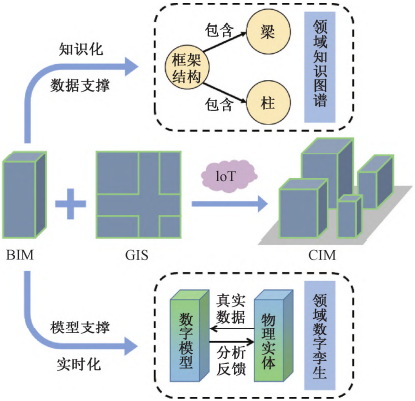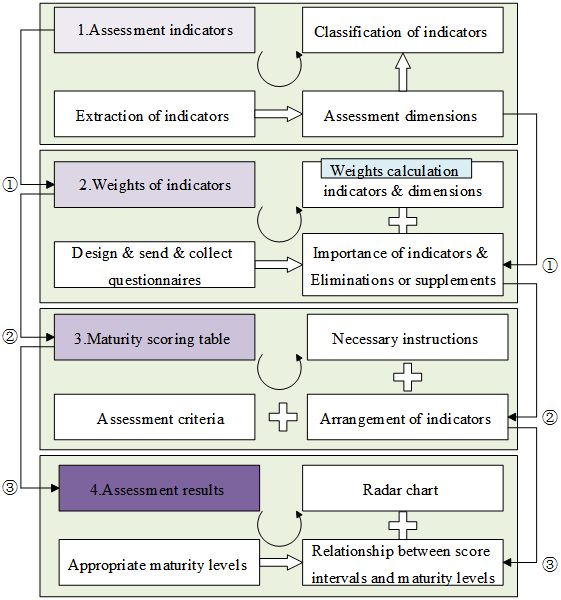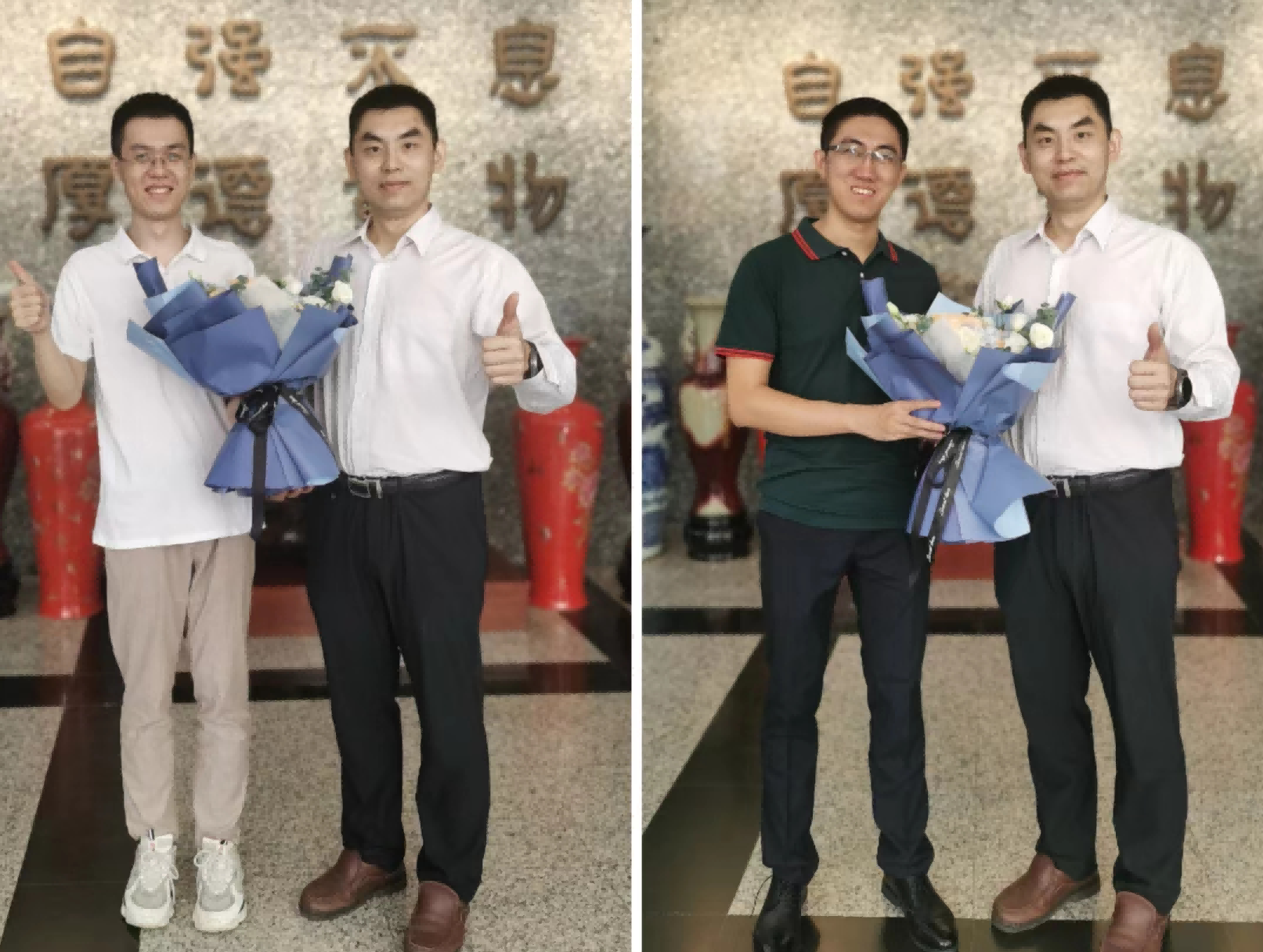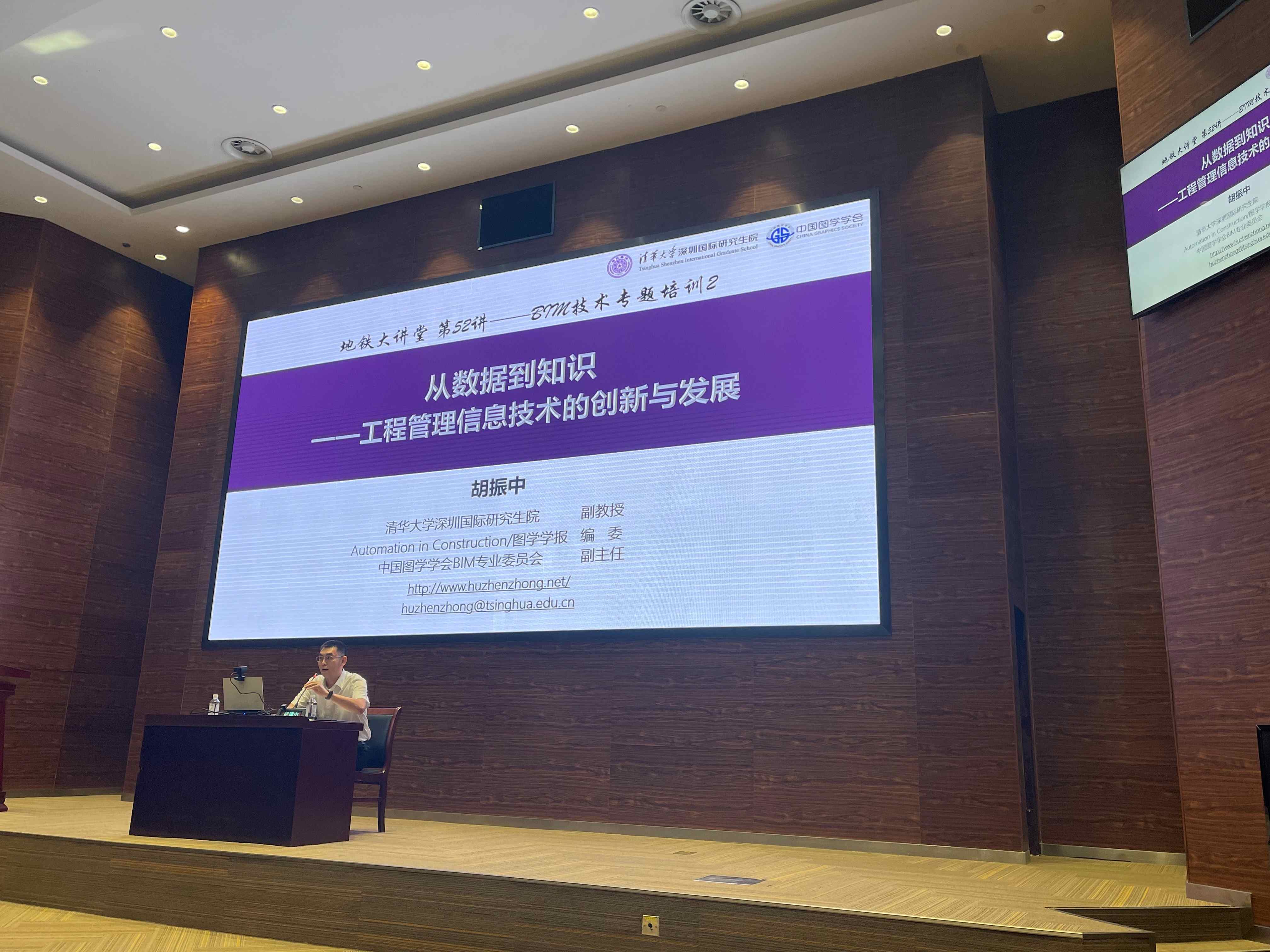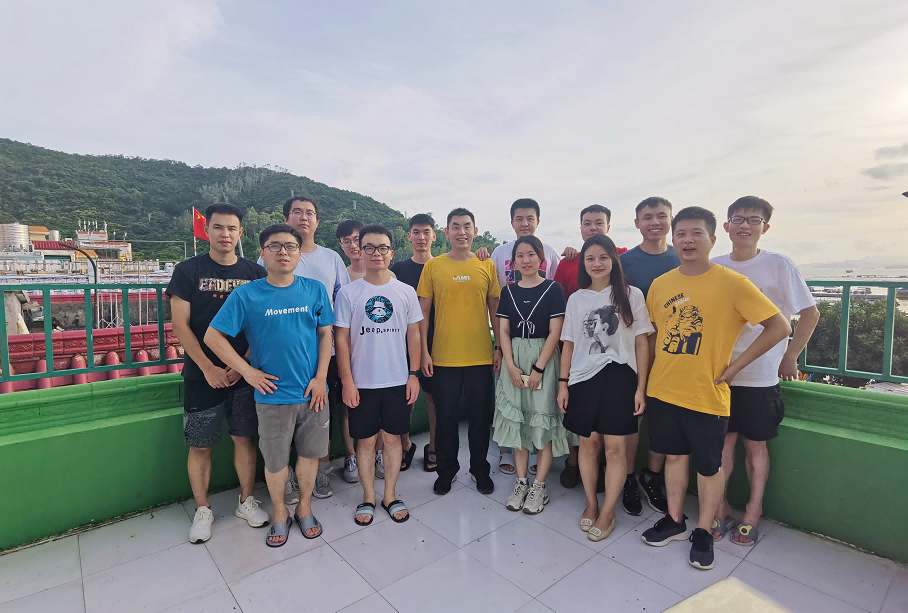The summer is long and green. In this summer, in order to enhance the sense of team cooperation, enhance the cohesion of the team, and also to see the beautiful scenery of pengcheng beach in summer, the members of the research group went to Dapeng New Area to carry out a team building activity.
The event took various forms, including sports competitions, puzzle games and networking dinners. In the process of sports competition, we are divided into two teams, red and blue, compete and go, sweat down the game, happy and matchless, to show a positive, persistent spirit. The puzzle game fully reflects the team members quick thinking, articulate, good at observing the characteristics of people, but also full of laughter. In the exchange dinner that followed, we did everything by ourselves, from making fire with charcoal to washing food to baking and tasting, all permeating the joy of working. Among them, both the reluctance to bake mistakes, but also the amazing performance of the praise, pushed everyone's enthusiasm to the peak!
The sun is warm, live up to the time, with a team construction to a date in July, our research group will continue to move forward with this wonderful!
